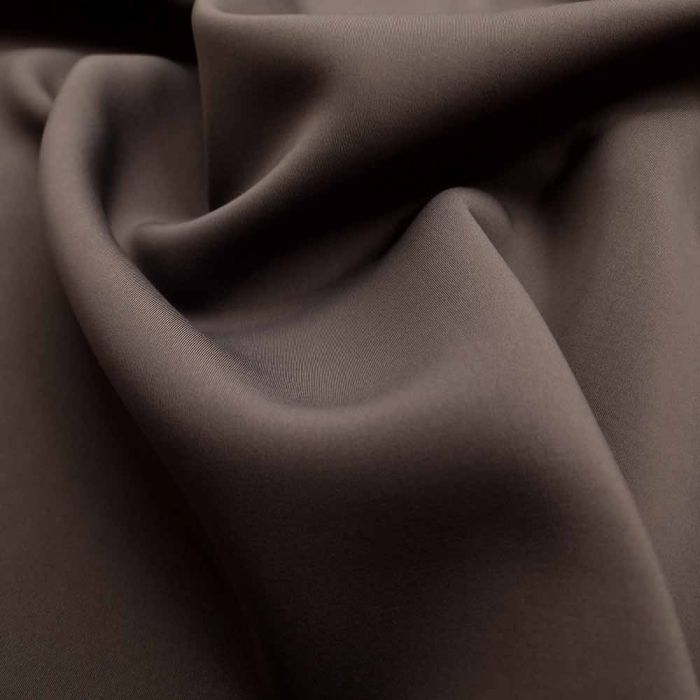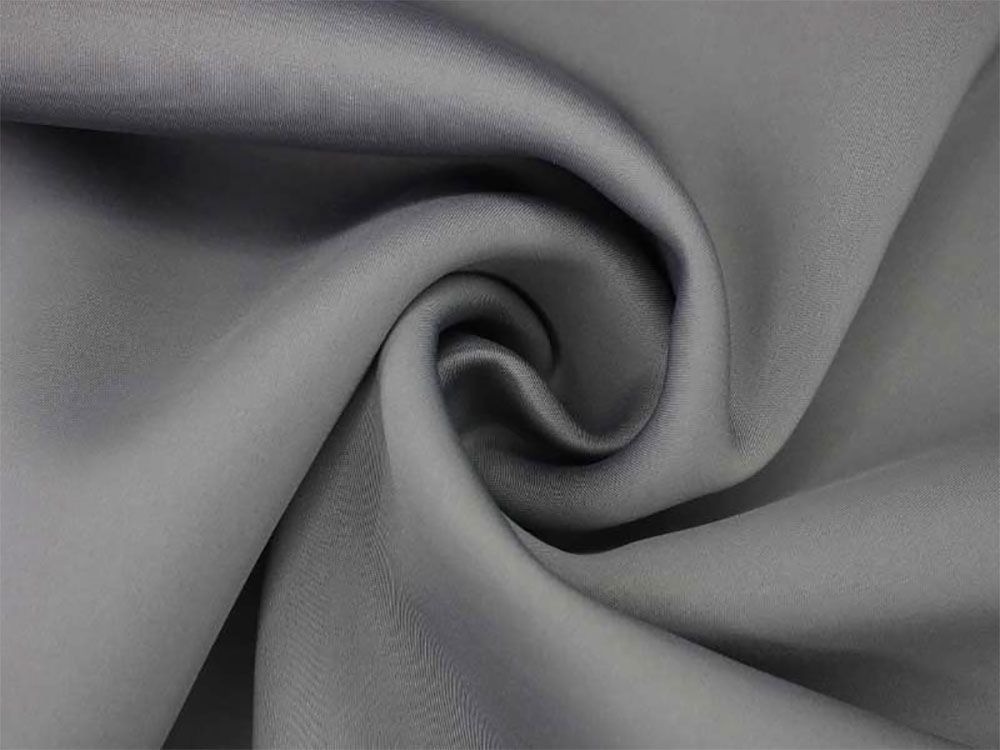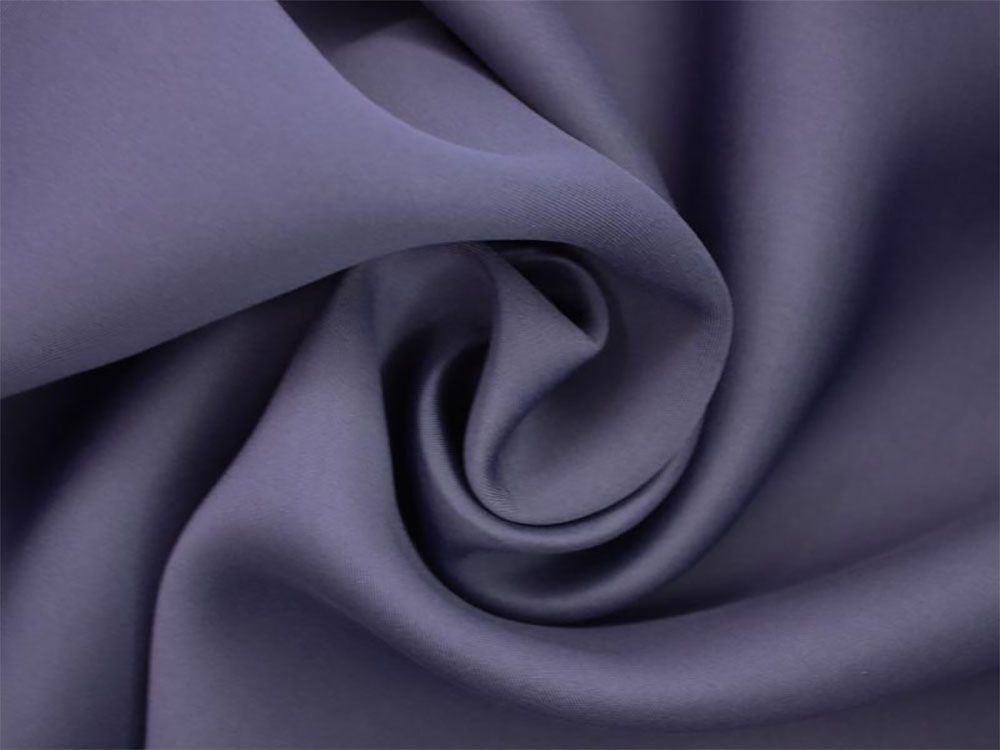Description
Neoprene fabric, a synthetic rubber developed in the 1930s, is renowned for its versatility and durability. Initially created as a substitute for natural rubber, neoprene possesses unique properties that make it ideal for a variety of applications. Its excellent resistance to water, oil, and chemicals makes it a popular choice in industries such as automotive, aerospace, and marine. In addition to these practical qualities, neoprene is also celebrated for its insulating properties, providing warmth and protection in extreme weather conditions, which is why it’s commonly used in wetsuits and thermal clothing.
One of the standout features of neoprene fabric is its ability to maintain flexibility even in cold environments. This elasticity ensures comfort and ease of movement, making it a favored material for sports gear, protective suits, and various outdoor apparel. Moreover, neoprene is available in various thicknesses and textures, allowing for further customization based on specific user needs. This adaptability has led to the creation of numerous products, from laptop sleeves to yoga mats, all capitalizing on its cushioning and shock-absorbing qualities.
Sustainability is becoming an increasingly important aspect of neoprene production, with innovations emerging to create eco-friendly alternatives. Manufacturers are now exploring ways to produce neoprene from more sustainable sources or to incorporate recycled materials, addressing the growing demand for environmentally responsible products. As a result, neoprene fabric is not only a staple in performance and protective wear but is also evolving to meet the challenges of modern sustainability practices, making it a material that merges functionality with an awareness of environmental impact.










